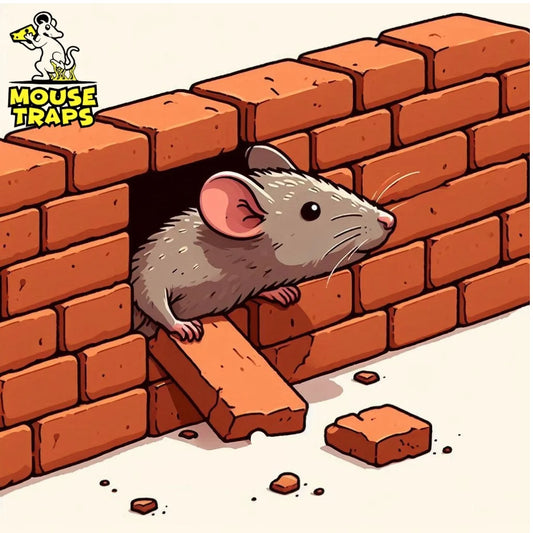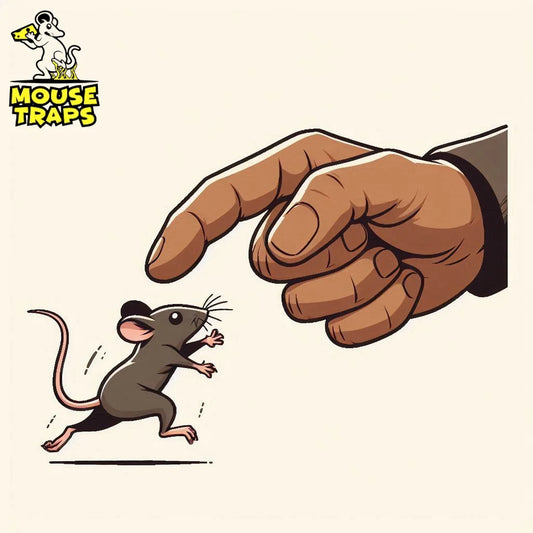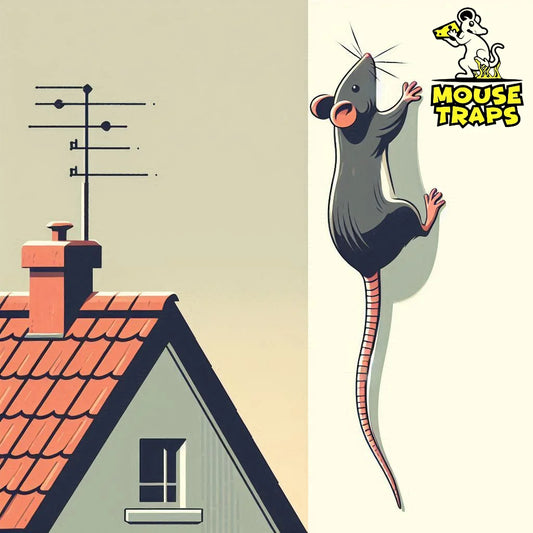Introduction:
Garden ponds and water features add a touch of beauty to any setting creating an visually appealing atmosphere. Yet these aquatic elements may unintentionally draw in visitors such as rats. The presence of rats digging under garden ponds can result in harm jeopardizing the integrity of the structure and potentially necessitating repairs. In this manual we will delve into strategies, for deterring rats from burrowing beneath garden ponds or water features by utilizing mouse traps. We aim to provide advice and expert perspectives to assist you in preserving a free garden environment.
Understanding the Problem:
Before diving into the preventive measures, it’s essential to understand why rats might be burrowing under your garden pond. Rats are well known for their knack to adjust and flourish in surroundings and gardens featuring water elements offer a living space. These creatures are drawn to the dampness, food supplies and protection that ponds provide. Once they create a den they can inflict harm to the ponds structure resulting in leaks and potential collapse.

Why Rats Are Attracted to Garden Ponds?
Rats are drawn to garden ponds for several reasons:
Ponds provide a consistent water source, crucial for rat survival. Gardens often have plants, insects, and even fish that rats can feed on. The area around ponds typically offers hiding spots and nesting sites, making it an ideal environment for rats to thrive. Understanding these attractions is the first step in implementing effective prevention strategies.

Preventive Measures:
Garden Maintenance:
Maintaining your garden is crucial in preventing rat infestations. Here are some tips:
Overgrown plants and bushes provide cover for rats. Keep vegetation trimmed and clear debris regularly. Ensure that pet food, birdseed, and other potential food sources are stored securely. Piles of wood, stones, and other materials can serve as nesting sites. Keep your garden tidy to eliminate these hiding spots.
Physical Barriers:
Installing physical barriers can effectively prevent rats from burrowing under your garden pond:
Use galvanized wire mesh to line the bottom and sides of your pond. This obstacle stops rats, from burrowing into the ground. Constructing a cement foundation, for your pond offers a lasting fix that keeps rats from infiltrating the structure.

Using Mouse Traps Effectively:
Types of Mouse Traps:
Different types of mouse traps can be used to control rat populations around garden ponds:
- Snap Traps: Traditional snap traps are effective and quick. They are designed to kill rats instantly.
- Electronic Traps: These traps deliver a lethal electric shock to rats, ensuring a humane and immediate death.
- Live Traps: Live traps capture rats without killing them, allowing for relocation. However, this method requires dealing with the captured rats humanely.
Placement Strategies:
Proper placement of mouse traps is crucial for their effectiveness:
Place traps close to rat burrows or along their paths. Rats are creatures of habit and tend to use the same routes. Position traps under shelters or along walls where rats feel safe traveling. Use several traps at once to increase the chances of catching rats.

Bait Selection:
Choosing the right bait can significantly improve trap success:
- Peanut Butter: A favorite among rats due to its strong smell and stickiness.
- Cheese: Although stereotypical, cheese can be effective, especially aged varieties with strong aromas.
- Fruits and Nuts: Fresh fruit slices or nuts can attract rats, particularly in outdoor environments.

Additional Control Methods:
Natural Predators:
Introducing natural predators can help keep rat populations in check:
Domestic cats are natural rat hunters and can deter rats from entering your garden. Encouraging owls and hawks to visit your garden can also help control rats.

Electronic Repellents:
Electronic repellents emit sounds that are unpleasant to rats but inaudible to humans. These devices can be placed around your garden to deter rats from settling in.
Monitoring and Maintenance:
Regular monitoring and maintenance are essential to ensure your preventive measures remain effective:
- Routine Inspections: Check your garden regularly for signs of rat activity, such as droppings, gnaw marks, and burrows.
- Trap Maintenance: Ensure that traps are functional and baited properly. Dispose of any captured rats promptly and reset the traps.
- Adapt Strategies: If you notice new rat activity, adapt your strategies accordingly. Sometimes changing bait or trap locations can make a difference.
FAQs:
Conclusion:
Keeping rats away, from digging under your garden ponds or water features is vital to preserve the charm and structure of your garden. To deter rats attracted to ponds it's important to grasp their motives and apply prevention methods like setting up traps for mice. Consistent upkeep and supervision play a role in maintaining results. It's essential to bear in mind that employing a mix of tactics such, as using barriers encouraging predators and utilizing electronic deterrents can offer a well rounded approach to safeguarding your garden pond from rat invasions.




